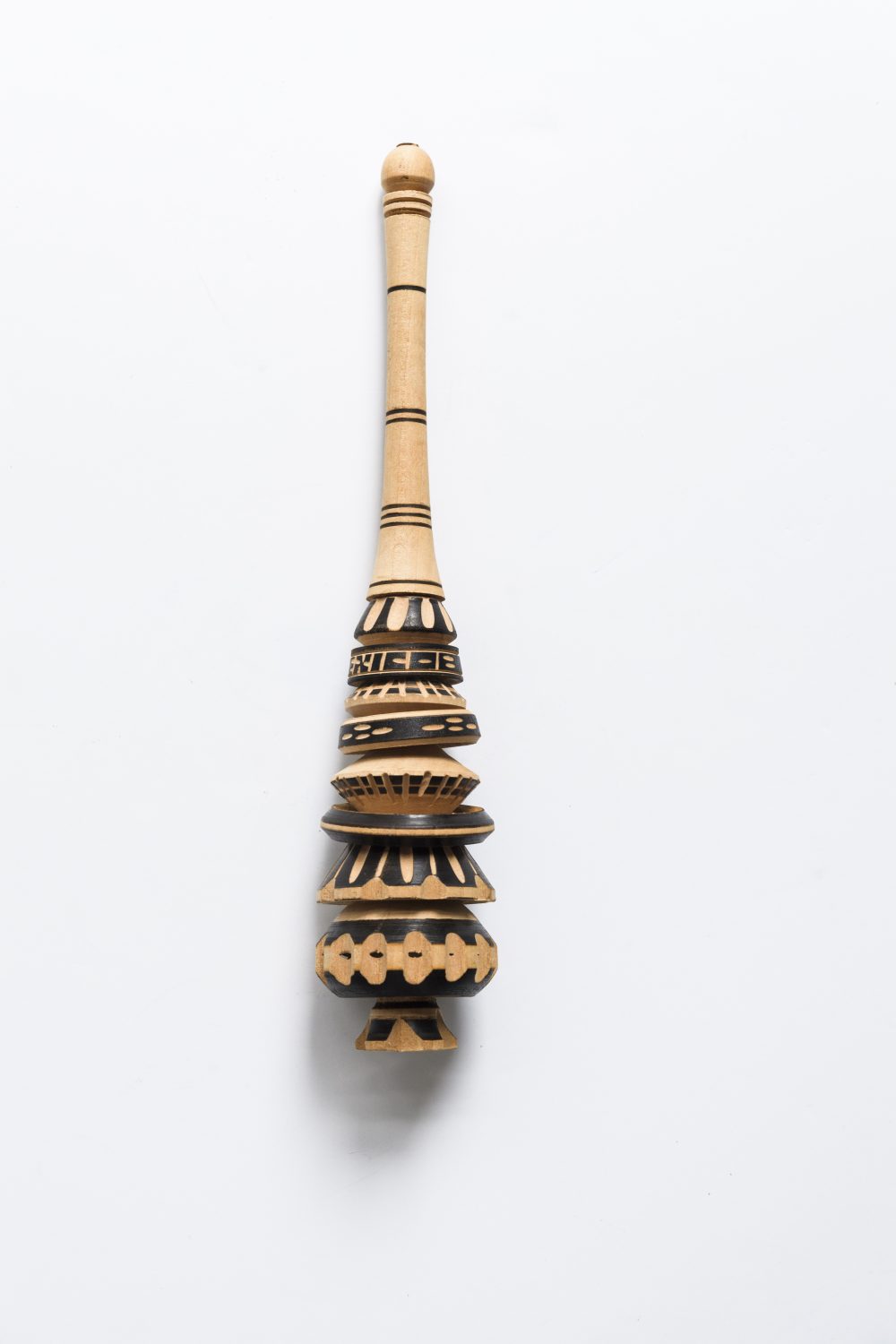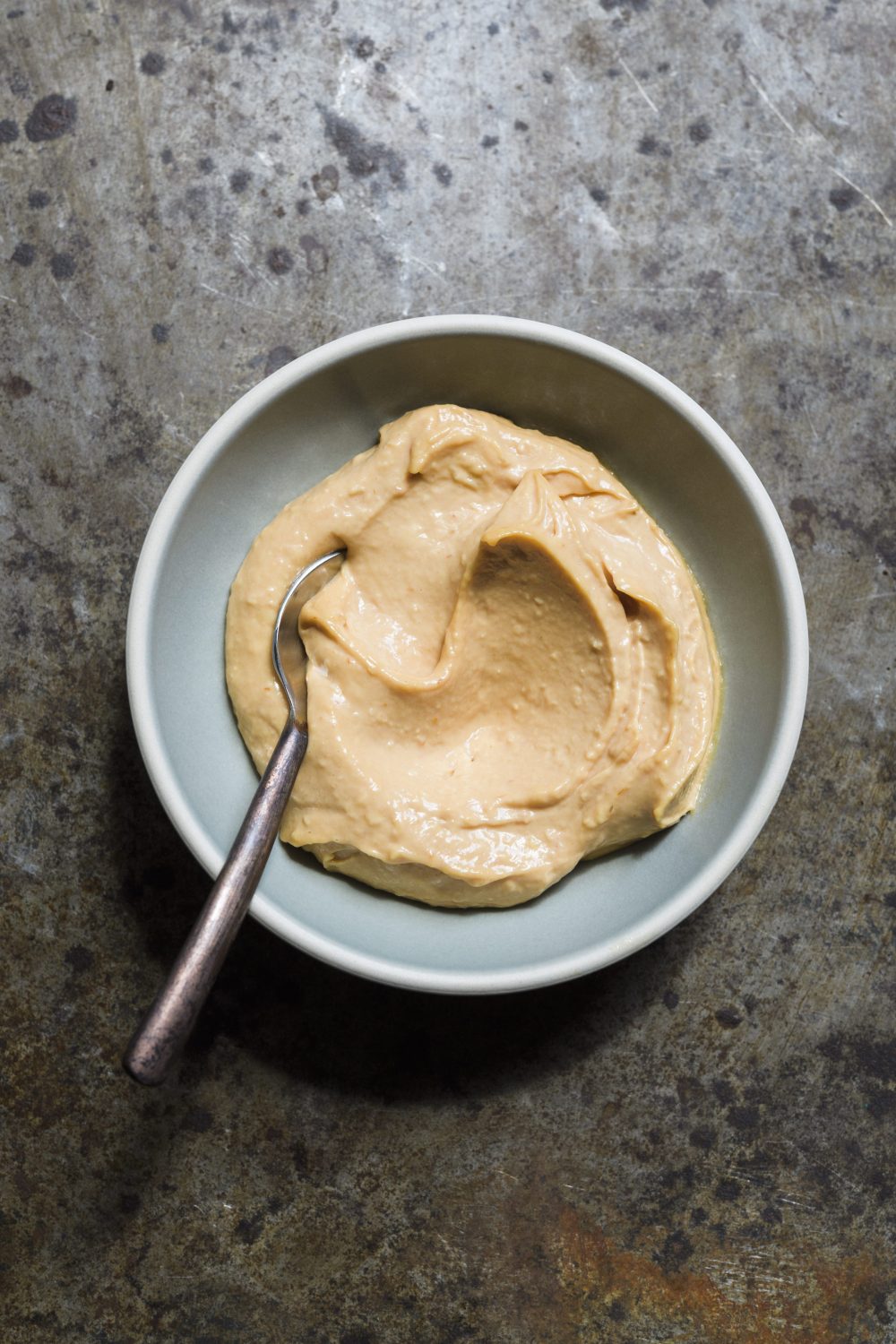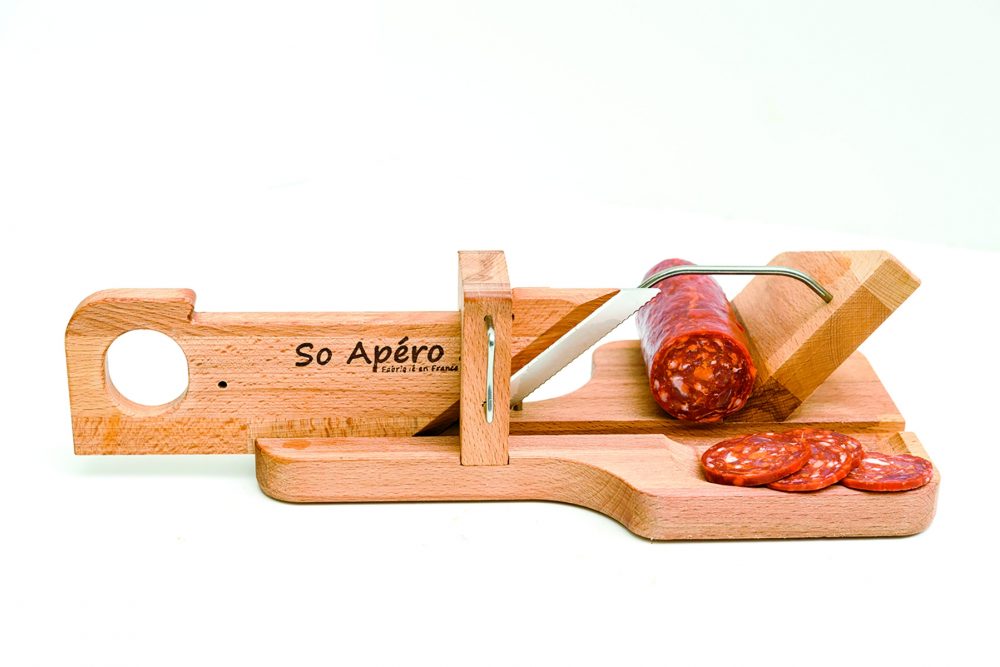
Japan's Infinite, Imaginative Crackers
A series of giant red lanterns hanging from massive wooden gates precede Tokyo’s oldest Buddhist temple in the city’s Asakusa neighborhood. The area is marked by a frenzy of tourists as well as dozens of stalls selling senbei, a broad term for crackers that skew both sweet and savory. In Asakusa, we sampled addictive Rice Krispie-like senbei made from clustered puffed rice—in flavors such as milk-peanut, caramel-almond and maple—as well as crispy, round wasabi-spiked rice crackers that were briefly dipped in soy sauce. While a rice base is popular, senbei can also be made from wheat flour. Flavorings are myriad: red pepper, dried shrimp, sesame seed, ginger, sweet soy, sugar, uni, curry and spicy roe. Some of our favorites included sweet-salty broad bean crackers and roasted black beans dusted in flavored soy flour. A range of senbei can be ordered from the traditional Japanese sweets section of everythingfrom.jp or from the rice crackers section of tokyocentral.com.
A Centuries-Old Frother from Mexico
When cooks in Mexico want a foamy head for hot chocolate, they don’t reach for a milk frother; they break out the molinillo. Shaped like a supersized honey dipper, the long wooden whisk has uneven surfaces—ridges, notches and freely spinning rings–that help create froth when quickly rotated between one’s palms. In the markets of Oaxaca, we saw vendors spinning molinillos in bowls of tejate and atole, chocolate drinks thickened with maize. The tool was introduced to Mexico by Spanish colonists in the 16th century to quickly mix hot chocolate (the pre-Hispanic method called for pouring the drink from one container to another). Etsy has a wide selection of molinillos starting at $7.

From Tools to Table Settings
The oldest hardware store in France— Maison Empereur in Marseille—is also one of the country’s best spots to find an enormous selection of cookware, glassware, kitchen knives and culinary gadgets. Opened in 1827, the shop (empereur.fr) is a warren of densely packed rooms stretched over multiple floors, some linked by spiral staircases. It’s easy to spend hours exploring the tens of thousands of offerings. One of our favorite finds was an unusual black variety of Duralex, France’s iconic and durable bistro glasses. Intended for espresso, the glasses are also available on Amazon as a set of six for $36.

A Better Bottle Stopper
While exploring the hilltop farmers’ market of Gordes in the south of France recently, we inadvertently caught the eye of a huckster with a table piled high with silicone bottle caps. We attempted to evade, until we saw how easily and wonderfully the caps sealed wine and juice bottles—demonstrated by the man repeatedly shaking the capped bottles at us. We paid about $3 for three of them. We find they work best on still, not sparkling, liquid. Amazon offers a five-pack of similar caps sold by Kloud City for $8.
Is it Korean Aioli or French Kimchi?
Creamy, rich and pungent, aioli is a classic French condiment, a blend of garlic, olive oil and egg that traditionally accompanies vegetables, hard-cooked eggs and fish. But in Provence and Paris, we recently saw some nontraditional takes on it. At Michelin- starred Une Table, au Sud, chef Ludovic Turac borrows a trick from his grandmother, spiking aioli with tomato paste. And at Fulgurances in Paris, we had aioli spiked with tangy-spicy Korean kimchi. We recreated the latter to use liberally on vegetables and sandwiches. To make it, process 2 tablespoons drained chopped kimchi, 1 medium garlic clove, 2 large egg yolks and 1 teaspoon kosher salt until smooth, 1 to 2 minutes. With the machine running, add a blend of ¾ cup neutral oil and ¼ cup extra-virgin olive oil, starting with just a few drops at a time, then pouring more steadily. The mixture will thicken; scrape the sides as needed. With the machine still running, drizzle in 3 tablespoons kimchi juice and 1 teaspoon unseasoned rice vinegar. Let stand for one hour. Refrigerate up to five days.

Tangy-spicy kimchi meets classic French aioli.
Kimchi Aioli: France's Aioli Meets Korea's Kimchi

From France, a Salami Guillotine
French mandoline manufacturer Bron-Coucke has devised a safer, more satisfying way to cut even slices of salami and other small, hard charcuterie—the Sausage & Chorizo Guillotine Slicer. The device works simply and smoothly: Brace the meat against the board at the far end, draw back the blade handle, then push forward to slice. We were surprised by how easily the blade sliced through even the firmest meats. Available on Amazon for $52.
The comal—a thin, round, slightly concave clay griddle—dates back to the Aztecs. In Mexico, we saw one several feet in circumference used over open fire. But we were most struck by a cook who set a platter-size comal over her stovetop burner, then used it to perfectly char onion wedges, dried chilies, avocado leaves and garlic cloves for refried beans. It acted almost like a broiler, but it heated more evenly and was easier to monitor.
We were curious if a comal could bring the same efficacy and ease to our kitchen. We gave a 14-inch clay comal ($33, ancientcookware.com) an initial seasoning by simmering water in it for a half hour or so to hydrate the clay, making it less likely to crack.
After seasoning, we put it to work. Heated over low, the comal toasted spices quickly. We were impressed by how evenly it cooked vegetables, blackening tomatoes and fresh peppers. We loved that we didn’t need oil for charring, and none of the items—even onion wedges—stuck to the surface. But where the comal especially excelled was toasting tortillas.
A few tips: While many comals are cast-iron (Amazon sells some for $20), we opted for clay, which is lightweight and what we saw most in Mexico. To heat the comal, start over low, then increase to medium after five minutes. After cooking, allow it to cool on the stovetop. Don’t use soap to clean it; water and a sponge will suffice.



